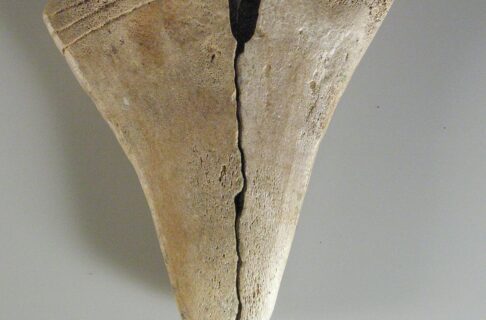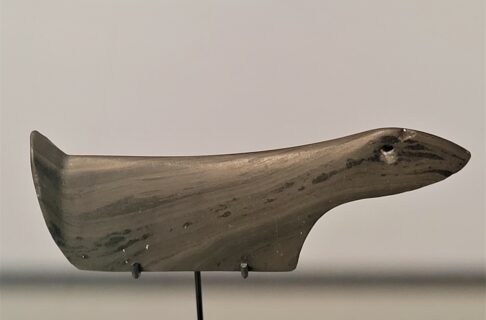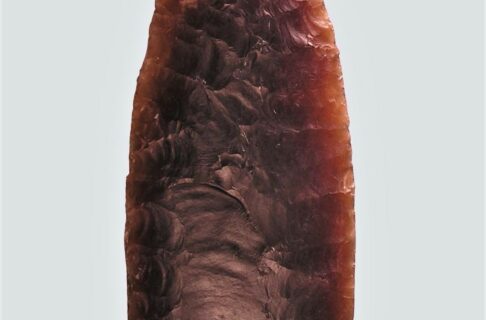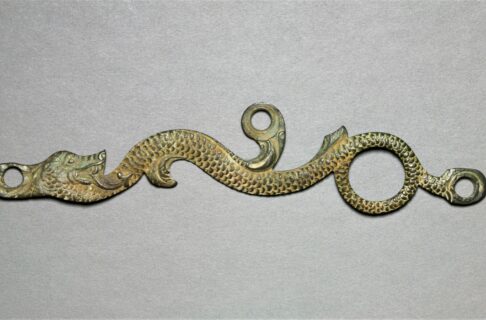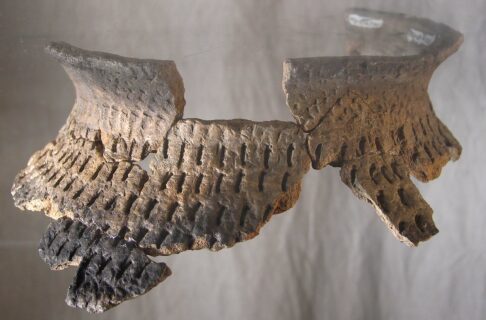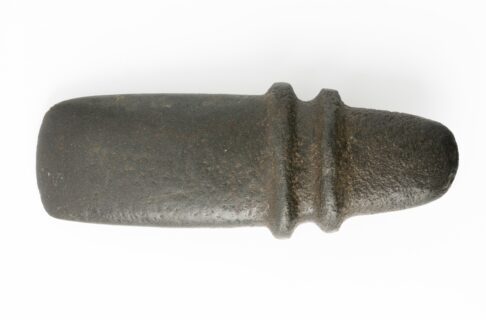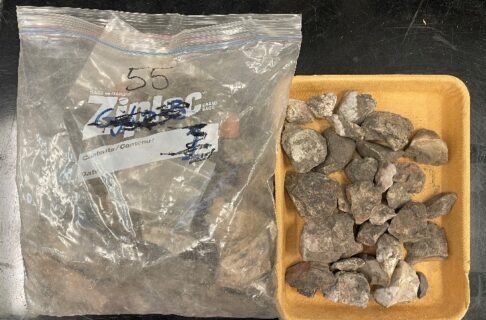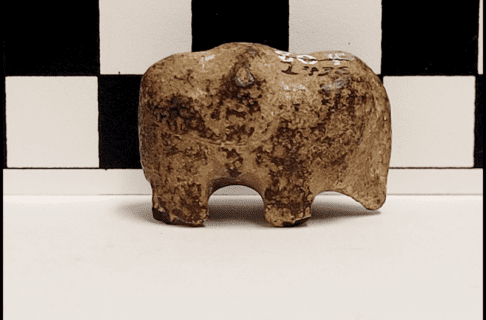Archaeology is the study of past cultures through the discovery and examination of remaining artifacts (which are things made and used by people). Archaeology also incorporates historical documents, traditional knowledge, and oral history in the interpretation of artifacts, sites, and places.
Over 12,000 years of Manitoba’s history is represented in the Archaeology collection at the Manitoba Museum. It contains objects dating from the last ice age through thousands of years of Indigenous history and the arrival and settlement of Europeans in Manitoba. The Archaeology Department is responsible for managing 2.5 million artifacts recovered from across Manitoba. Each year the collection grows, increasing our understanding of the province.
Research and analysis carried out on the collection continues each year as archaeologists unlock Manitoba’s history. Archaeological research at the Manitoba Museum has focused on the Boreal Forest, as it covers two-thirds of the province. The Museum’s collection for this region is one of the largest and most extensive in Canada. Research on these collections has improved our understanding of the human history for the area, extending back 8,500 years. Recent research in the area includes investigating ancient Indigenous quartz mining on the Churchill River.
Projects focusing on other areas of the province cover a wide range of topics and time periods. Research on collections from the Parklands area has pushed back the age of the Pelican Lake spear-point style in Manitoba by almost 500 years. Research on fur trade artifacts has highlighted the elaborate clothing and decorations worn by the Western Anishinaabe during the early 1800s. Study of collections from the Grasslands area shows that corn was grown by Indigenous peoples in southern Manitoba during the 1400s. While the cultivation of corn prior to the arrival of Europeans is well documented across North America, its discovery in Manitoba makes this its most northerly location.






